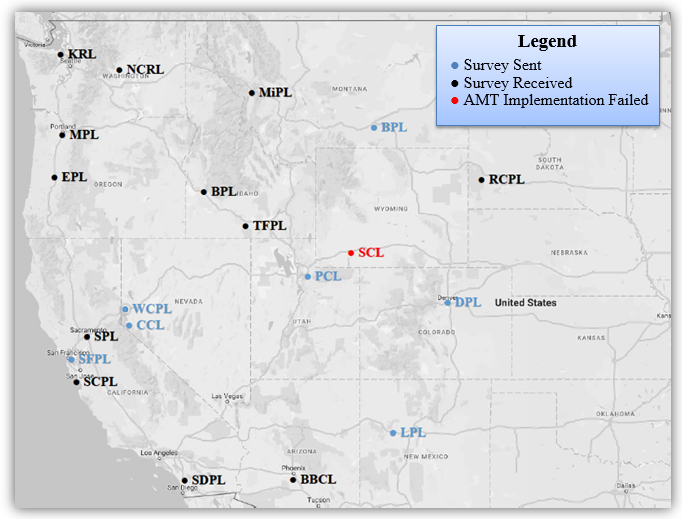Before you even start, the key is to know what you want the survey to tell you or prove.
Most surveys you see are vague, excessively wordy, or too simplistic. Something along the lines of: “When was your experience with us? Who assisted you? Did you enjoy it?” etc. Truthfully, not a lot of information can be pulled from this kind of survey, all it really says is –”did you like us? Yes or No.”
Surveys can be enormously helpful, if you ask the right questions.
Last semester, I prepared a presentation titled, “Additive Manufacturing: How does Implementation in Public Libraries Benefit the U.S. Economy?” And, in order to determine if it would be beneficial, I prepared a survey. That survey is what I’m going to use for dos and don’ts.
So what should you aim for?
Here are my five suggestions for creating an effective survey:
1. Have a Goal
Don’t waste your time or anyone else’s with questions that don’t get you the answers that you are looking for.
2. Consider Your Questions
There should be no room for ambiguity. If your survey is confusing, even only slightly, you won’t get the answer or result you are looking for.
EX: at the bottom of the survey was a question regarding the use of social media – a very helpful thing to ask about; however, I did not specify that I wanted to know if they had used social media specifically for their 3D printers, not social media in general which was how the question read.

When I realized my error, I started sending my requests with a note about social media as to additive manufacturing. But it would have been much cleaner if I had phrased it correctly from the beginning.
3. Format the Answers
| Do you want check boxes for “all that apply?” |
 |
| Do you want to give room for comments? |
 |
| Do you want a bullet so that they can only select one? |  |
4. Have Diverse Input
Don’t request surveys from only businesses or only people in the community, and think about where you’re going for information: location, population, awareness, language, etc.
EX: I selected libraries to survey based on where they were – which ended up being mostly highly-populated cities that were more technologically driven than others.

A useful survey would have selected a wide variety of cities and towns that varied from high to low populations, and in high to low technological capabilities.
5. Receive 100+ Surveys
Having 13 places respond to my survey was extremely helpful, but I needed to have requested and received a larger amount in order to determine whether or not my results were accurate.
There are infinite ways to create a survey, and not all of them are effective and/or accurate. When you decide you’re ready to make your own, remember: if you don’t like the results, you can always go back and re-design your survey – that’s part of what surveys are all about. 🙂
